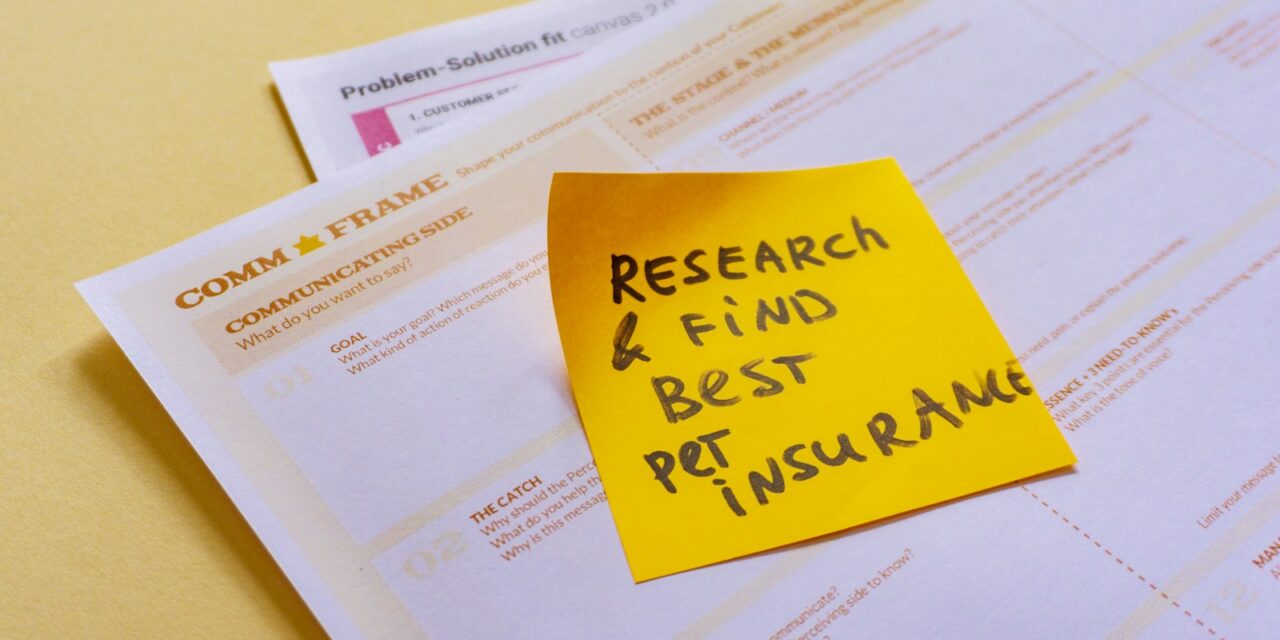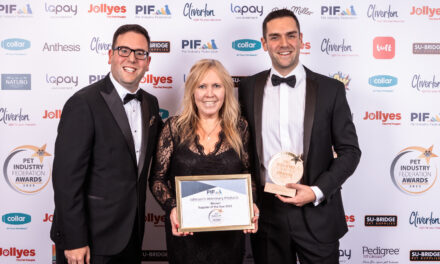Pet insurance premiums for lifetime cover, the most commonly selected option by pet owners, experienced a marginal decrease in August, according to the latest Pet Insurance Price Index released by Pearson Ham Group.
The report shows a minor drop of 0.2% for August. However, despite this short-term decline, premiums are still 10% higher than they were at the same time last year.
The report highlights significant regional variations in pricing. London saw the largest reduction, with premiums dropping by 1.5%, while in Northern Ireland and Scotland, prices continued to climb, increasing by 1% and 0.7%, respectively.
Cat and Dog Insurance Trends Differ
The price fluctuations in pet insurance premiums varied depending on the type of pet. In August, cat insurance premiums rose slightly by 0.3%, whereas dog insurance premiums experienced a small decline of 0.3%. These changes reflect the complex nature of the pet insurance market, influenced by various factors such as pet type, regional differences, and market conditions.
This report comes at a time when pet insurance is becoming more common, as a record number of pet owners are opting to protect their animals. According to recent data from the Association of British Insurers (ABI), 4.4 million pets in the UK were insured last year, an increase of 1.7 million over the past decade.
Impact of CMA Investigation on the Veterinary Market
The veterinary industry has come under increased scrutiny recently, with the Competition and Markets Authority (CMA) launching a formal investigation into the sector. The inquiry, which was initiated in July, is focusing on concerns surrounding competition among veterinary practices and its impact on consumer pricing and choice.
The results of this investigation could have long-term effects on pet insurance premiums. Weak competition in the veterinary sector has been flagged as a key issue, which may be contributing to rising costs for pet owners.
Market Outlook
Frances Luery from Pearson Ham Group commented on the report, noting that while the recent decline in premiums may provide temporary relief for pet owners, the overall trend remains upward over the past year. She added, “The record number of insured pets reflects a growing recognition of the need for financial protection against rising veterinary costs. With the CMA’s investigation potentially reshaping the veterinary market, we anticipate further developments that could impact pet insurance pricing.”
Luery also highlighted the need for flexibility in the pet insurance industry, given the regional and species-based disparities in premium adjustments. The dynamic nature of the market requires insurers to adapt to changing economic and sector-specific factors.
As the investigation into veterinary practices continues, it remains to be seen how these findings will influence the pet insurance landscape in the UK moving forward.








